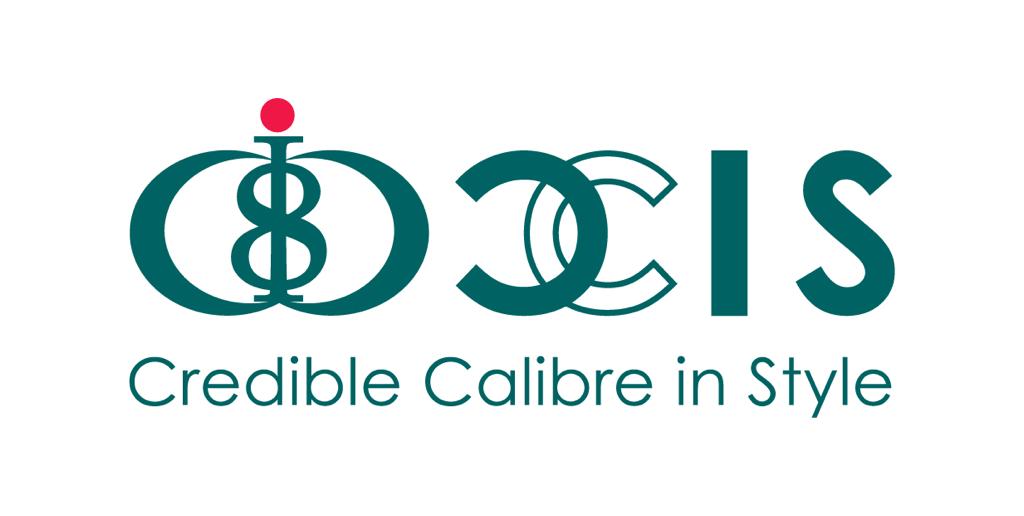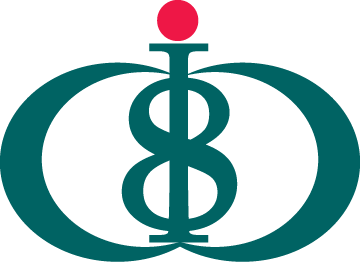Risk Management
Number of companies who have benefited from our services for ISO & bizsafe
Covering all workplaces, the Workplace Safety & Health Act (WSHA) came into effect on 1 March 2006. Under the Risk Management Regulation, all workplaces are required to conduct comprehensive Risk Assessment (RA) on work processes and implement control measures to eliminate or reduce the safety and health risks posed to all persons at a workplace – from top management to workers.
Everyone has an obligation to ensure workplace safety.
The WSH Act aims to reduce risks at source by making stakeholders accountable for managing the risks they create and by taking practical steps to ensure the safety and health of a worker.
Risk management is the process of identifying, evaluating and controlling risks at workplaces. It has been mandated under the Workplace Safety and Health framework to foster a proactive accident prevention culture.
- Agriculture & Fishing
- Airport
- Arts, Entertainment & Recreation
- Business Services
- Construction
- Docks, Wharf, etc
- Education
- Factories
- Finance & Insurance Activities
- Food & Beverage
- Healthcare Activities
- Hotels
- Information & Communications
- Laboratories
- Landscape Care & Maintenance Services
- Logistics
- Public Admin
- Ship in Harbour
- Shipyards
- Veterinary Activities
- Water Supply, Sewerage and Waste
- Management
- Wholesale & Retail Trade

Risk Management involves:
- Risk assessment of any work activity;
- Control and monitoring of such risks; and
- Communicating these risks to all persons involved.
Every workplace should conduct risk assessments for all routine and non-routine operations carried out under various environmental situations, e.g., weather and soil conditions. Routine operations include activities such as preparatory and troubleshooting work activities. Non-routine operations include commissioning, repair and maintenance of plants.
Different methods of risk assessments may be adopted, but all methods should include the 3 basic steps of Hazard Identification, Risk Evaluation and Risk Control. The selection of control measures must be based on the principles of Hierarchy of Control.
- Comply with the Workplace Safety and Health Act
- Improves productivity through reduction of workplace accidents
- Prevents downtime or costs related to accidents
- Helps eliminate or minimise risks for stakeholders through identification of hazards and control measures to manage them
Contact us today for a no-obligation quote!

